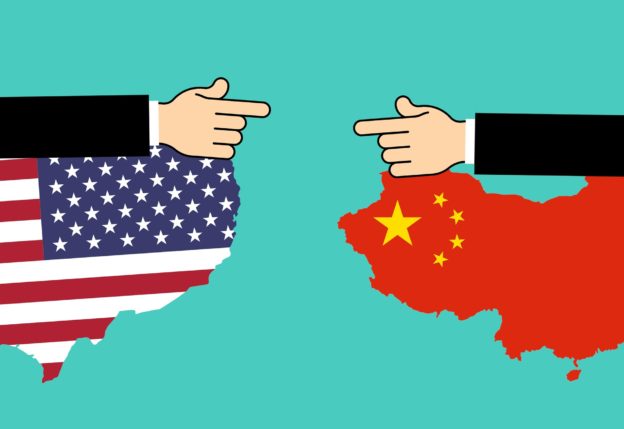By Arnaud Fendler
The tariff war engaged between the US and China has reached a new level in September 2019, after the US decided to implement new measures announced early August.
Following the three first lists adopted since 2018, a new list covering various categories of items will be implemented in two steps:
- List 4a effective on September 1, 2019
- List 4b effective on December 15, 2019
Chinese originating products covered by this list will be applied a 15% additional duty. However, remain excluded from this additionnal taxation pharmeuticals, rare earth material, etc.
Also, USTR has proposed to increase the 25% additionnal duty applicable to products covered by lists 1, 2 and 3 to 30%, effective on 1 October 2019. This measure has not yet been confirmed.
In retaliation, China has decided to implement tariffs ranging from 5% to 10% on $75 billion worth of U.S. goods in two batches effective on September 1 and December 15. The list can be found here.
These recent measures can only further deteriorate the relations between the two countries, and have a negative effect on the production in China of goods intended to the US market.
In this context, one country seems to have a strategic position, and a bigger role to play: Viet Nam.
Viet Nam has grown rapidly in the recent years and developed numerous industrial infrastructures. Viet Nam is also engaged in various preferential trade agreements with China (Asean-China FTA), the US and the EU (entry into force of the EU Vietnam FTA is expected in the coming months).
Given these trade facilitations, it is then not a surprise to see that over the first semester in 2019 foreign investment rose by 69 per cent compared to the same period in 2018. Chinese investment made up 42.5 per cent of the total according to data released by the Vietnamese Foreign Investment Agency (FIA). Investments from mainland China and Hong Kong increased from $3.7 billion in 2017 to $5.8 billion in 2018 and $7.1 billion between January and June 2019.
This exponential expansion of Chinese investments in Vietnam can be explained in a large part by the tariff war, whose duration and long-term consequences are each day further considered by chinese and international businesses. It also significates a transfer of certain production activities from China to Vietnam. This trend can only be enhanced by the latest tariff measures and the development of the preferential measures with the EU.
The shift is nevertheless complex and requires a perfect understanding of the rules of non-preferential and preferential origin applicable in the concerned territories. It also requires investment protection schemes that investors are legitimately seeking in Viet Nam.
Based in China, Vietnam and the EU, DS Avocats has advised several companies over the last months in the reorganization of their Chinese production activities.

